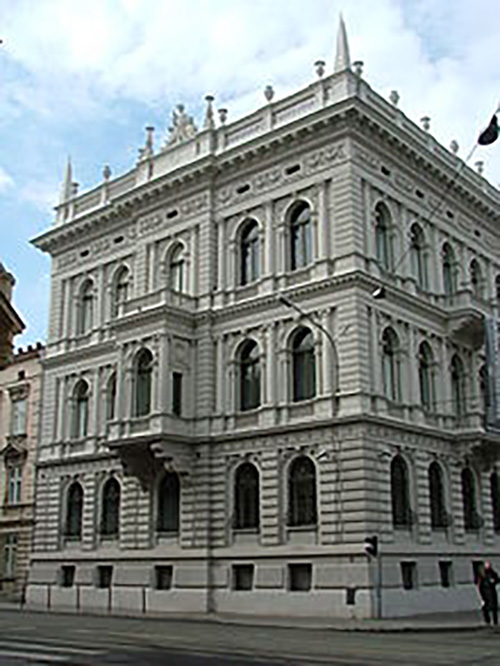
THE GREAT WEAR
Museum Sztuki, Lodz
23 Novembre 2018 - 17 Marzo 2019
A cura di Paulina Kurc-Maj, Paweł Polit, Anna Saciuk-Gąsowska
THE GREAT WAR
Is modernity, together with its contradictions, which culminated in World War I, intrinsically destructive? “The Great War” exhibition does not offer a conclusive answer to this question. Yet, by showing WWI as a clash of diverse, often contradictory, forces, interests, and ideas – sometimes modernising, sometimes conservative – it is intended to create space, within which the question resonates and, above all, to provide a framework for reflection on the nature of modernity transformed by war.
The exhibition discusses relationships between modern art and the experience of war as shown from different perspectives. It also highlights differences in how the Great War was depicted in Western European art and in the art of countries of Central and Eastern Europe. To artists from Western Europe, war was a catastrophe, while in the countries of Central Europe, including Poland, it was predominantly seen through its outcomes, that is, in the light of regained independence or the revolutions it triggered. The exhibition invites the audience to reflect on these different approaches and their consequences for culture.
The Great War – whose long-term effects included not just the end of the belle époque period but also predetermined global political, social, and cultural changes that we continue to experience today – is presented here as an unprecedented cultural occurrence, a circumstance with an international impact that reassessed attitudes and approaches in all areas of human life, a generational experience fundamental to the oeuvre of many artists. The exhibition shows how the Great War manifested itself in global art. It brings together works emphasizing specific features of this armed conflict in the history of humankind.
The layout of artworks juxtaposes utopian motivations behind the involvement of artists and intellectuals in the war with the apocalyptical dimensions of the global conflict. In order to demonstrate these dynamics, the curators have divided the exposition into four parts: The Offensive, The Apocalypse, Mutilation and Decay, and The New Order. The exhibition space is arranged to offer a historical journey, which begins from the hopes, concerns, and expectations that accompanied the early stages of the war and takes the audience up to the point of realising the consequences of the conflict and the new balance of powers that emerged after the Great War. In the meantime, as they move along, the viewers are constantly challenged to change their perspective. Visitors get the bird’s-eye view of the war theatre and can embrace its total, apocalyptical dimension, which reveals itself in thousands of troops or in advanced technical military devices. They can observe and experience the fragmentation and disintegration of the surrounding world on a previously unimaginable scale. Then the perspective zooms in and focuses on the human dimension of war; attention shifts to individual fates but also to collective attitudes, ethical aspects of taking part in the war and being its victim, as well as to the advancing mechanization of human beings. After having covered these parts of the tour, the visitor reaches the New Order, looming somewhere over the war’s horizon. Paradoxically, this last part of the exhibition reflects a specific relativeness and the provisional nature of the new order within which disintegration caused by the war has never been totally internalised.
Works presented at the exhibition come from European and American museums and collections, among others from: the Musée royal de l’Armée et d’Histoire militaire in Brussels, the Museum of Fine Arts in Budapest, the Museum Folkwang in Essen, the Imperial War Museum in London, The Tate in London, the Museum of Modern Art in New York, the Bibliothèque nationale de France in Paris, the Musée d'Art Moderne de la Ville de Paris, the Collection Massimo Carpi in Rome, the Centre Georges Pompidou in Paris, La contemporaine. Bibliothèque, archives, musée des mondes contemporains in Paris, the Musée de l’Armée–Invalides in Paris, the Musée Zadkine de la Ville de Paris, the Museo Nacional Thyssen-Bornemisza in Madrid, the Museum of Fine Art in Budapest, the State Museum of Contemporary Art, Costakis Collection in Thessaloniki, the Von der Heydt-Museum in Wuppertal, as well as the Museum of Contemporary Art in Kraków, the National Museum in Wrocław, the Jagiellonian Library Museum in Kraków, and, obviously, from the collection of the Muzeum Sztuki in Łódź.
Published in conjunction with this exhibition, a comprehensive and sumptuously illustrated catalogue contains texts by Marek Bartelik, Lidia Głuchowska, Charlotte de Mille, Peter Sloterdijk, and Przemysław Strożek.
Visitors to “The Great War” exhibition will see works of art by artists such as:
Anna Airy, Roberto Marcello Baldessari, Ernst Barlach, Max Beckmann, Sándor Bortnyik, Leon Chwistek, Tadeusz Cyprian, Tytus Anna Airy, Roberto Marcello Baldessari, Ernst Barlach, Max Beckmann, Sándor Bortnyik, Leon Chwistek, Tadeusz Cyprian, Tytus Czyżewski, Henry Darger, Anne-Pierre De Kat, Otto Dix, Tatiana Glebova, George Grosz, Heinrich Hoerle, Alexej Jawlensky, Paul Joostens, Ernst L. Kirchner, Käthe Kollwitz, Fernand Léger, El Lissitzky, Johannes Molzhan, Paul Nash, Christopher R. W. Nevinson, Solomon Nikritin, Liubov Popova, Georges Rouault, Franz Wilhelm Seiwert, Victor Servranckx, Gino Severini, Henryk Stażewski, Władysław Strzemiński, Félix Vallotton, Stanisław Ignacy Witkiewicz, Ossip Zadkine, and others.
Subsidised by the Ministry of Culture and National Heritage within the framework of Multiannual Programme NIEPODLEGŁA [INDEPENDENT] for the years 2017-2021.

GINO SEVERINI - Treno blindato in azione, 1915
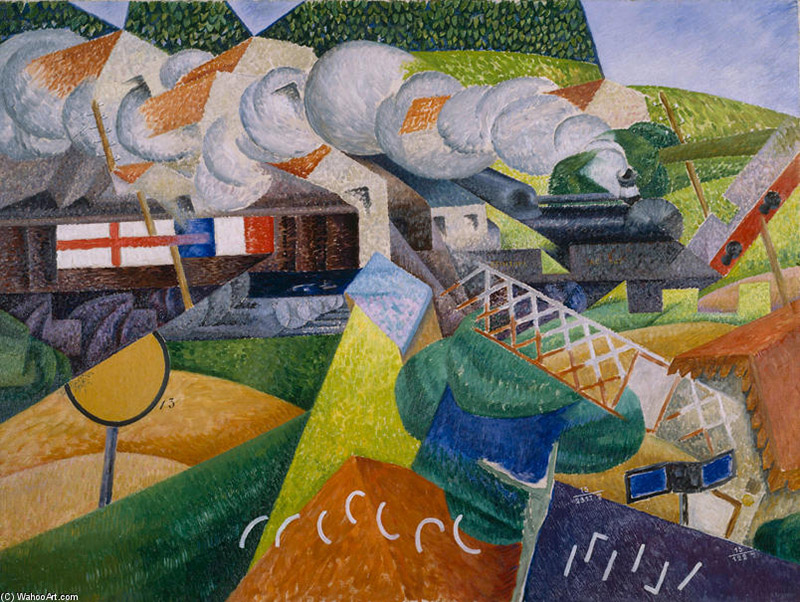
GINO SEVERINI - Treno Croce rossa, 1915

UMBERTO BOCCIONI - Carica di lancieri, 1915
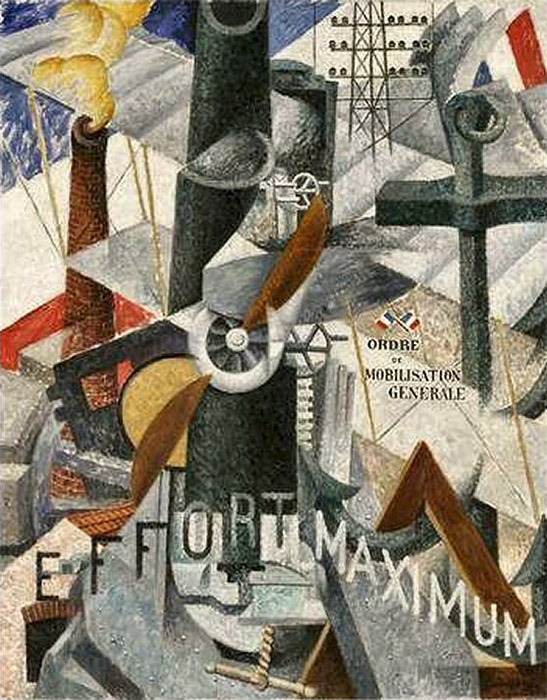
GINO SEVERINI - Sintesi dell'idea guerra, 1914
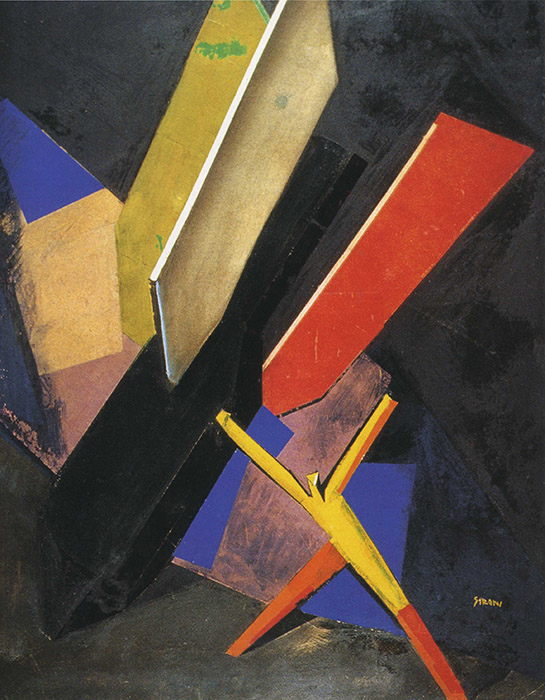
MARIO SIRONI - La bomba, 1918-1919

R.M. Baldessari - Soldati alla stazione 1917 ca.

R.M. Baldessari - Soldati in azione, 1917
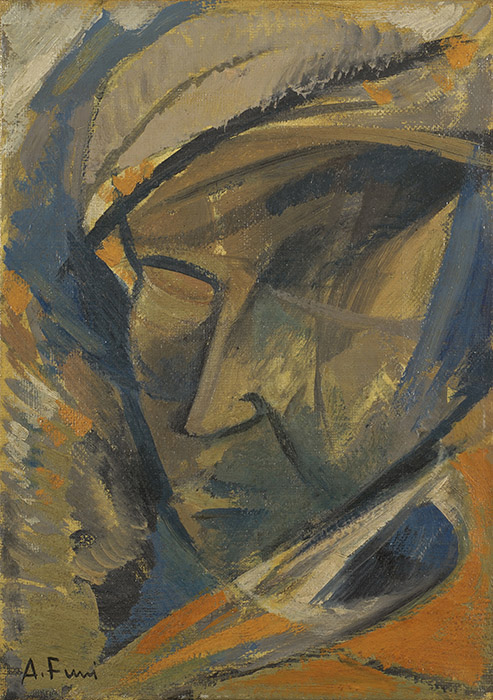
ACHILLE FUNI - Ritratto futurista, 1914

MARIO SIRONI - Cavallo e cavaliere, 1918
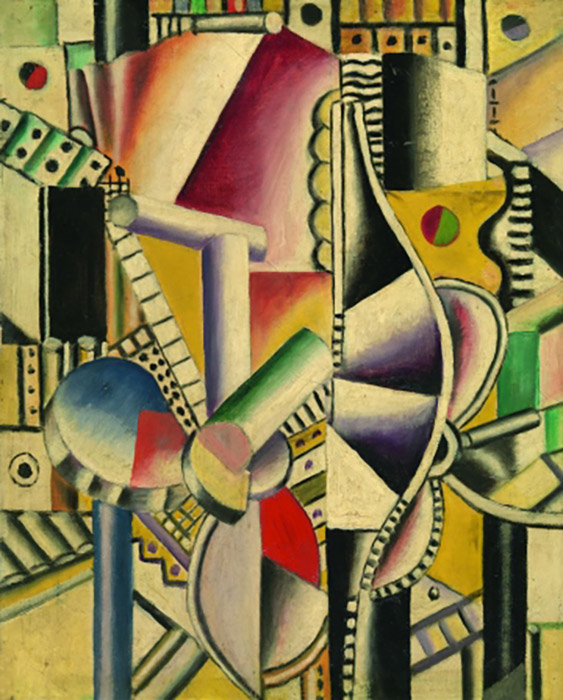
FERNAND LÉGER - Les helices, 1918

PRIMO CONTI - I profughi, 1918
Info Mostra
THE GREAT WEAR
Museum Sztuki
Lodz
Date della mostra:
23 Novembre 2018 – 17 Marzo 2019

